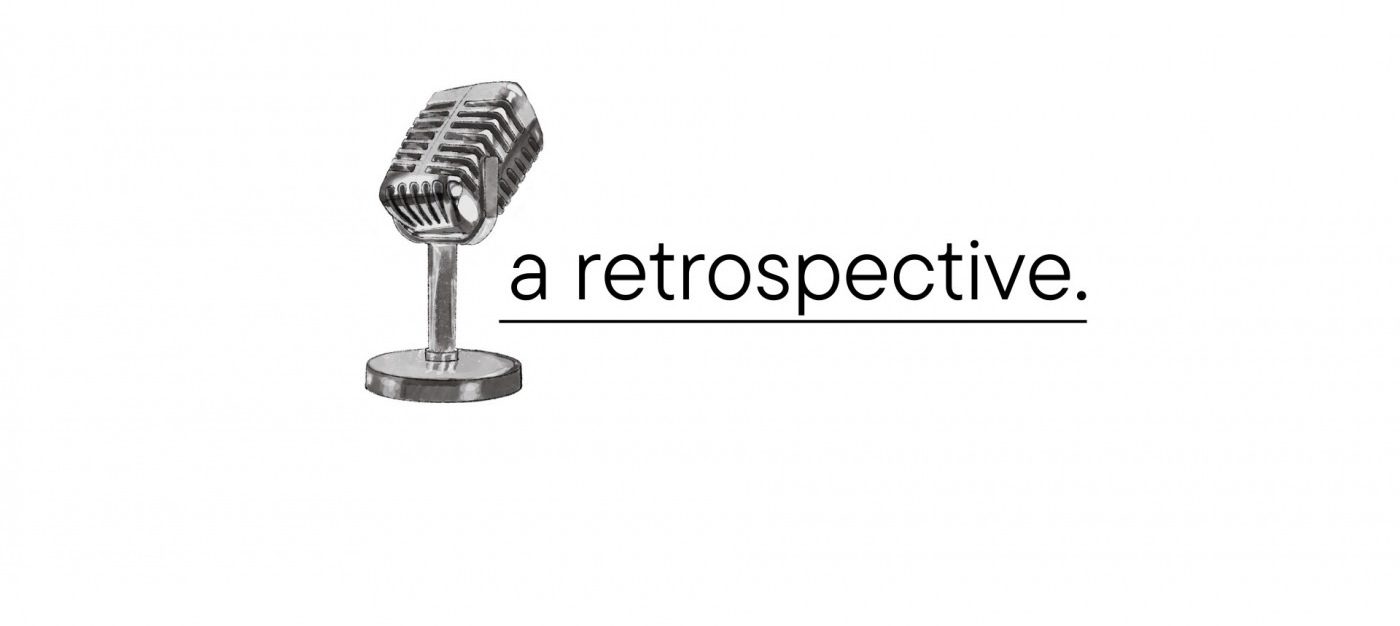Saturday Night Live: a retrospective
The USA in the 1970s can be characterised as a time of great pessimism. The Vietnam War was ending years after it was promised, Watergate was only a recent memory, and the economic recession had not lifted. It was in the middle of this that Lorne Michaels and Dick Ebersol dreamed up a live sketch show called Saturday Night Live (shortened to SNL) for NBC, premiering in 1975. It was a hit, becoming both water-cooler conversation material and the benchmark for carving out comedy in the US for the proceeding years.
Watching it as someone from the UK, knowing the sense of history and prestige before you even watch it, can be quite intimidating. It’s regarded as a pillar of American culture; it’s what adults look forward to after a long week and what children stay up late for, desperately praying that perhaps one day they will be famous enough to host. It seems an almost insurmountable pressure to live up to, and yet when SNL is good, that description could not be more fitting, and in this piece, I want to highlight why it works and has worked for so long, and some of the best work over the seasons.
SNL … is more like your favourite sports team, where they have had great seasons and bad seasons across the years, and the hope of having a perfect season is what keeps people tuned in and watching during the ‘bad’ seasons
There tends to be such a debate about what the best ‘era’ of SNL is, and each generation of people likes to signpost and declare their opinion as factual. However, to say that there is a best ‘era’ of SNL is treating it like an ancient empire, where there are the clear peaks of a Golden Age and the marked deterioration that inexorably follows. I believe why SNL works and has worked for nearly 50 years is that the show is more like your favourite sports team, where they have had great seasons and bad seasons across the years, and the hope of having a perfect season is what keeps people tuned in and watching during the ‘bad’ seasons, for the hope that gold will be struck again.
Another reason SNL works so well became apparent to me when I went back to watch sketches from the 1970s and 1980s and compared them to the more recent seasons to see a pattern start to emerge. What stood out to me is that on SNL there are no archetypes of cast members; each season doesn’t have a type of role, like an ‘impressionist’ or a ‘straight man’ that needs to be replenished every time someone leaves. Different and numerous sets of skills were brought by new cast members, and the best and most innovative sketches came from the writers catering to these skills.
The most prolific and famous comic minds of American comedy came out of SNL, including Eddie Murphy, Conan O’Brien, Larry David, Martin Short, Tina Fey, Kristen Wiig, etc. The list is endlessly impressive (seriously, look it up; the talent is staggering), and I wanted to highlight some of my favourite sketches over the years.
Chevy Chase as a Weekend Update host in the 1970s was a great combination of silly and, also, wry.
Eddie Murphy made his debut on SNL, and his sketch “The White Man” is daring and sharp. And his sketches where he did a spin on the show Mr Rogers having Mr Rogers be African American are timelessly funny.
Chris Farley as Mike Foley, the motivational speaker, had the wackiest physical comedy moments and would have everyone in the cast cracking up.
Bill Hader, one of my favourite cast members of SNL and one of the gems of comedy in the 21st century, continues his run as one of the great imitators. He played a real-life dateline host in “The Mystery of the Chopped-up Guy,” who seems to be a bit too enthusiastic about the gruesome stories, and the fake Italian talk-show host Vinny Videcci interviewing real actors like Robert De Niro was hysterical.
Maya Rudolph and Amy Poehler were great as New Yorker talk show hosts who complain a lot in “Bronx Beat”. They had a great natural chemistry and were so in sync that their lines and deliveries were perfect.
There are also certain people who elevate sketches just because they are in them, including Kate McKinnon, Kristen Wiig, and Fred Armisen. Watching anything featuring them will make this apparent.
A very underrated cast member is Will Forte, and his sketch with Jon Hamm “Trick-or-Treat” where he plays a sex offender going trick-or-treating is one of my favourite sketches of all time.
I have hope that, because of its origins, SNL will continue to thrive by discovering new talent and reaching for that ‘perfect’ season
It wouldn’t be as enjoyable to highlight sketches or cast members that haven’t worked well on SNL, but it’s the inverse of what I said. When the writers don’t cater to the strengths of the cast or members, or combinations don’t work, is when some of the cringiest and poorest-aged moments occur. This is more apparent in their political humour, which has a much higher hit-or-miss rate than other sketches, and, as said before, the good comes with the bad with SNL.
SNL’s legacy lives on to this day and is still popular on platforms like YouTube, where it continues to rake up millions of views. The 2020s appear to be an increasingly cynical and hopeless time, and people fear that the SNL is perhaps going to struggle to stay on air because of it. However, it’s a good reminder that SNL was a product of the 70s, one of the most cynical and hopeless times in American history, and I have hope that, because of its origins, SNL will continue to thrive by discovering new talent and reaching for that ‘perfect’ season.

Comments